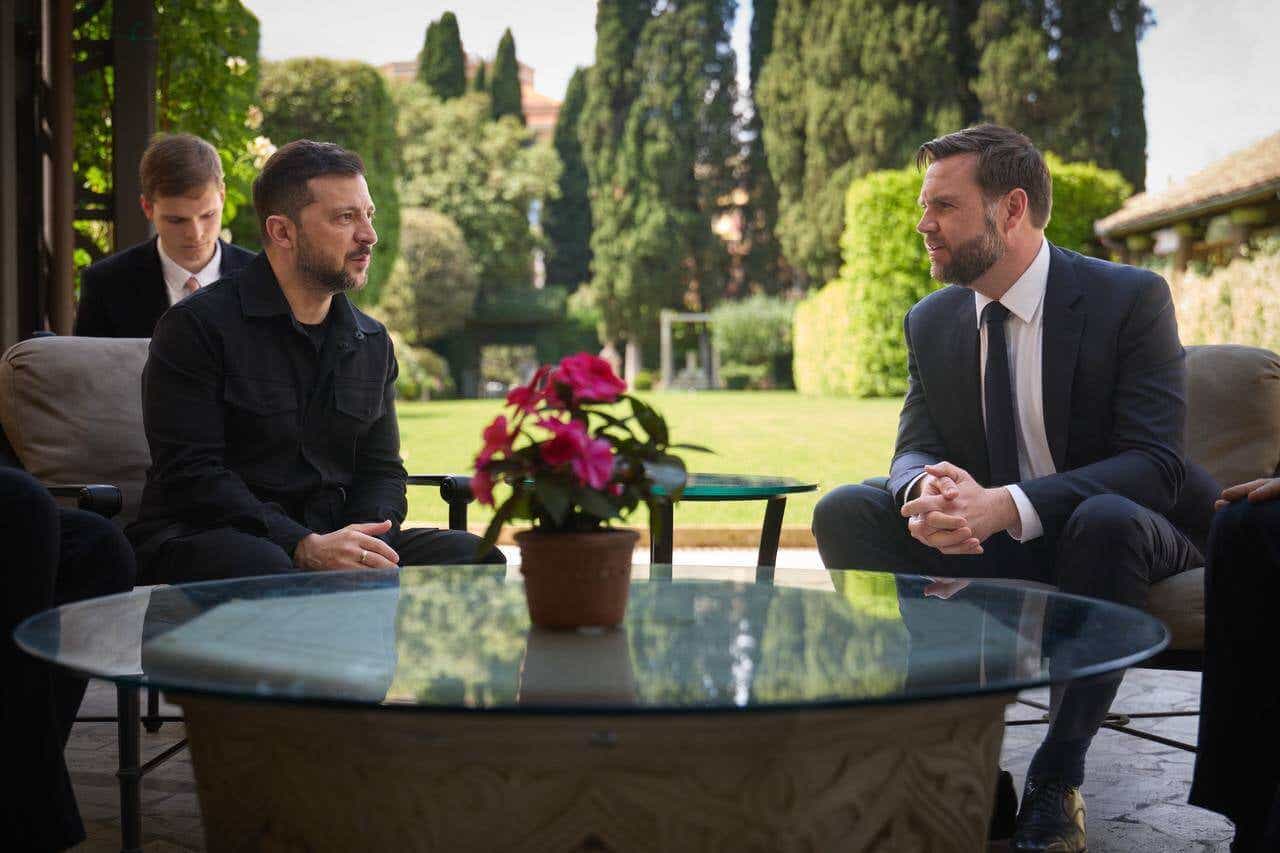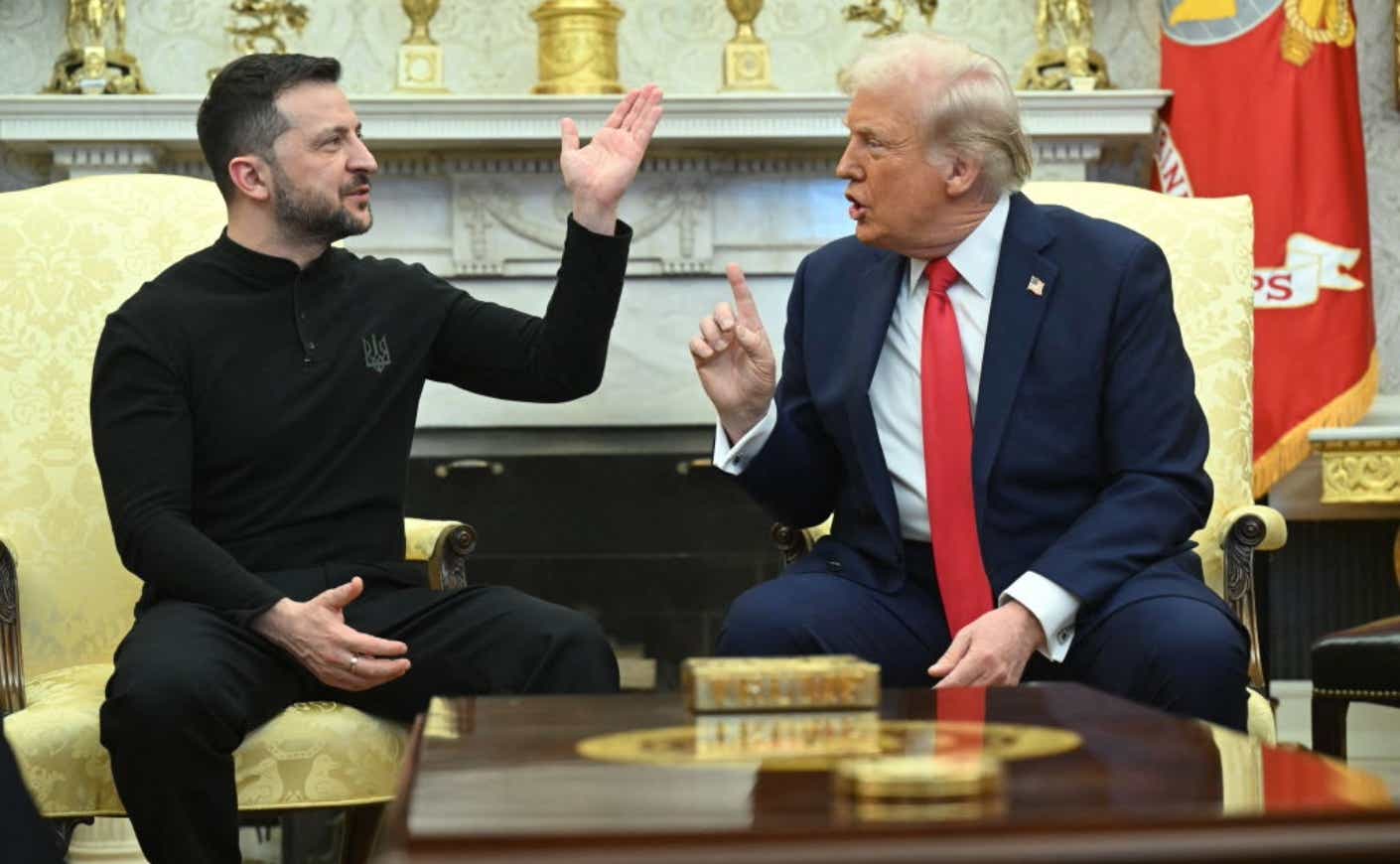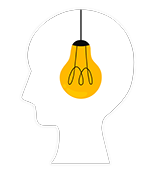President Trump will meet Ukrainian President Volodymyr Zelenskyy in Washington on Monday — a meeting that could play out differently than their last one in the nation’s capital back in February.
That earlier meeting went south fast: What started as a discussion about a possible minerals deal spiraled into a shouting match, with Vice President J.D. Vance accusing Zelenskyy of ingratitude and Trump saying the Ukrainian leader had “disrespected” the U.S. (Zelenskyy later responded by publicly thanking the American people for their support.)
This time, if tempers flare, Zelenskyy won’t be on his own. He’ll be joined by NATO and European leaders — including French President Emmanuel Macron — in a show of solidarity. Still, Secretary of State Marco Rubio has pushed back on the idea that their presence is meant to shield Zelenskyy from being strong-armed into a bad deal.
Here’s what to watch: who’s coming, what’s at stake, and whether peace is even within reach.
How did we get here?
A lot has happened since that February clash. Most recently, Trump sat down with Zelenskyy’s adversary, Russian President Vladimir Putin, in Alaska on Friday.
The two leaders spent about two and a half hours together, where they touched on possible territorial concessions, security guarantees, and sanctions relief, though no formal agreements were announced. Trump later called the talks “very productive” and emerged no longer backing a ceasefire, instead saying it was “up to President Zelenskyy” to make peace — a stance that aligned with Putin. The Russian leader, for his part, hinted that some understanding had been reached without offering details.
Despite Trump’s upbeat framing, many U.S. analysts cast the summit as a setback for Washington — and a win for Putin, who gained legitimacy without making concessions. “President Trump does not have a solid grasp of the facts and the issues at hand,” security expert Andrea Kendall-Taylor told PBS. “President Putin, in contrast, knows these details in and out. He’s a steely eyed, detail-oriented dictator.”
Russian state media, by contrast, hailed the outcome, highlighting the red carpet treatment and the leaders’ cordial handshake. “The red carpet and warm, almost friendly handshake does not fit into the portrait of Russia they have painted [in Europe] as a pariah state,” the Rossiya-1 television channel said in its closing report.
In the aftermath, Trump reportedly phoned Zelenskyy from Air Force One while returning from Alaska, in what sources told Axios was a tense exchange.

Who will be joining Zelenskyy for the meeting with Trump?
Zelenskyy won’t be walking into the White House alone. He’ll have a lineup of European and NATO leaders at his side — among them British Prime Minister Keir Starmer, French President Emmanuel Macron, German Chancellor Friedrich Merz, Italian Prime Minister Giorgia Meloni, and Finnish President Alexander Stubb. Also joining are European Commission President Ursula von der Leyen and NATO Secretary-General Mark Rutte.
Their presence is meant to send a clear signal: Europe is standing with Ukraine. The show of solidarity is not only aimed at warding off another public pile-on like the one in February, but also at easing fears in Kyiv and other European capitals that Trump could strong-arm Ukraine into accepting a lopsided peace deal.

Rubio, however, pushed back on that framing, dismissing the idea that Europe’s leaders are showing up to protect Zelenskyy. He called it a “stupid media narrative” and argued that European leaders have been involved throughout the negotiations. “They’re coming here tomorrow because they chose to come here tomorrow. We invited them to come,” he said on CBS’s Face the Nation.
Putin, meanwhile, has suggested he sees Europe as an obstacle to negotiations — another reason he isn’t expected at Monday’s meeting. He has also avoided meeting Zelenskyy directly, saying such talks can only happen once the outlines of a peace deal are already in place.
Still, the situation remains fluid: a three-way summit with Trump, Putin, and Zelenskyy is reportedly being discussed for later in the week, though the timing, format, and even who would take part are all still up in the air.
What’s at stake?
After his summit with Putin in Alaska on Friday, Trump suggested a peace deal might be possible if Zelenskyy agreed to give up the Donbas region in southeastern Ukraine, senior European officials told The New York Times.
But Zelenskyy has repeatedly drawn a hard line: Ukraine will never recognize the loss of its territory — even areas already annexed by Moscow. He’s also insisted that any deal must include binding guarantees Russia won’t invade again.
The Ukrainian leader also rejected Trump’s assertion — echoing Putin’s stance — that the war should be settled outright before a ceasefire. “It’s impossible to do this under the pressure of weapons,” he said. “Putin does not want to stop the killing, but he must.”
Another flashpoint: whether Russia would accept U.S. and European nations offering Ukraine an “Article 5-style” security guarantee — a NATO-like pledge floated as part of a possible settlement. U.S. envoy Steve Witkoff said Friday’s summit was the first time Putin signaled he might consider it, a sharp reversal from one of his original justifications for the war.
Moscow has long insisted any deal must curb Ukraine’s NATO ambitions, scale back its military, and recognize Russia’s control of Crimea and parts of eastern Ukraine.
Even so, Rubio said on NBC’s Meet the Press Sunday that while a ceasefire is “not off the table,” the goal remains a comprehensive peace deal. But he cautioned that such an agreement could still be “a long ways off,” with “big areas of disagreement” unresolved.
All eyes are now on Monday — not just to see if Trump and Zelenskyy can find common ground, but whether Europe’s united front can shift the balance toward peace, or if the world will simply watch another clash unfold.









